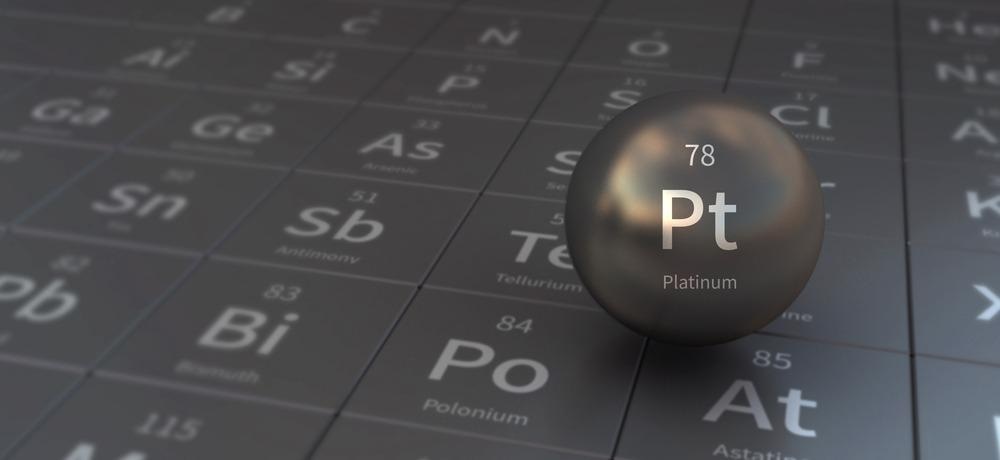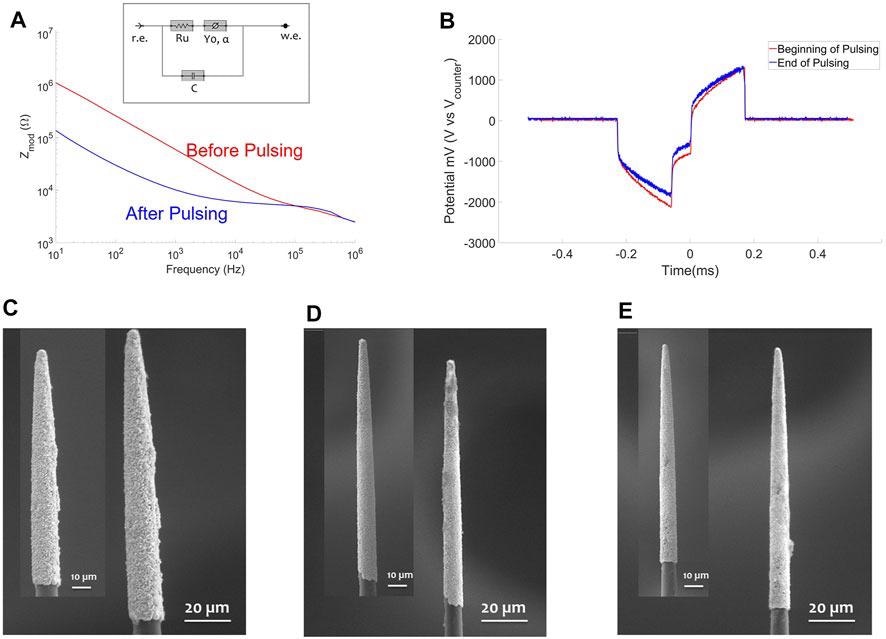The journal Frontiers in Nanotechnology has published a novel study that investigates the durability and efficacy of cerebral stimulation electrodes made of platinum-iridium (PtIr) electrodeposited on carbon fibers. The analysis of changes caused by pulsating, conventional electrolytic tests (resistive spectrometry and voltammetry), and visual examination (scanning electron microscopy) were thoroughly performed.

Study: Electrodeposited Platinum Iridium Enables Microstimulation With Carbon Fiber Electrodes. Study: tunasalmon/Shutterstock.com
Importance of Microelectrodes
The term "ultramicroelectrode" refers to a type of brain interface with a cross-sectional size of fewer than 15 microns. Carbon fiber panels, the Neurolace and NET sensors, silicon microelectrodes (SiC), densely packed microwires, and 3D printed clusters are examples of ultramicroelectrodes.
When contrasted to penetration panels with more characteristics, these technologies dramatically lessen the external body response. Ultramicroelectrodes are challenging to use because of their diminutive diameter since they either lack the rigidity to pierce the brain (and so require a temporary stiffener) or are brittle and hence difficult to handle.
Polyimide is an example of stiffener-required electrode substrates, whereas silicon is an illustration of an electrode that is stiff yet brittle at diameters below 15 microns. Ultramicroelectrodes made of carbon fiber (CF) has been shown to be sufficient to perforate the cortex.
Importance of Platinum and Palladium
For nervous system stimulation, platinum and platinum-iridium are commonly utilized. These materials are utilized in therapeutic systems such as central nervous system stimulators, which use microelectrodes (millimeter dimensions) and so can remain within electrostatic potential constraints (30 C/cm2) while still providing clinical efficacy of stimulation, due to their demonstrated durability and reliability.
The reduced electrode site sizes utilized by ultramicroelectrodes, on the other hand, may necessitate a carrier concentration greater than this to elicit responses from cellular compartments. Several different materials with enhanced charge injection capabilities have been developed in response to this demand. Because of its porous nature, porous titanium nitride (TiN) has demonstrated bioactivity and longevity, as well as significant charge-injection capabilities.
Research Findings
PtIr was applied to 39 blowtorched CFs (spread over five ZIF Boards). SEM examination was used to determine the surface area, which ranged from 1900 to 3,600 m2. PtIr-CF had an average 1 kHz normalized resistivity of ~1.74 cm2 and a standard deviation of ~1.74 cm2.
Cyclic Voltammetry measurements were taken on one CF before (red) and after (blue) the PtIr treatment. The CSCC was increased by PtIr from 0.2 to 11 mC/cm2 in 21 CFs, with a mean and standard deviation of 0.25 0.13 mC/cm2 and 13.1 8.74 mC/cm2 for CF and PtIr-CF, correspondingly.
On both days, all pulsed PtIr-CFs showed a reduction in resistance following the pulsing test. The change of the electrolyte interface has been linked to similar reductions in impedance following pulsing. On both Days 1 and 2, the 1 kHz resistance difference before and after pulsating was statically important.
In Vivo Electric Pulsing Test Results
Pilot experiments of in vivo electrical pulsing experiments in rat cerebral systems were conducted using one HDCF board with one coated CF (PtIr-HDCF, area–2000 m2).
The PtIr-HDCF was implanted at a depth of 600 m in the occipital lobe. The tissue was activated for 1 hour at a current of 25 A (0.3 mC/cm2) with a 5-second interphase interval.
The PtIr-HDCF resistance before (red solid line) and after the in vivo pulsing experiment (blue solid line) are shown. The impedance magnitude of the Pt IrHDCF rose somewhat after the in vivo pulsing test, probably owing to living tissues sticking to the surface of the electrode.

300 Hz Electric pulse test. (A) EIS of one PtIr-CF before (red solid line) and after (blue solid line) pulsing on Day1; as inset the circuit model used for fitting impedance data is shown. (B) Voltage transient for one PtIr-CF in the beginning (red) and at the end of pulsing test (blue); a biphasic pulse of 170 μs duration and amplitude of 105 μA (1 mC/cm2) was applied. (C–E) SEM of three PtIr-CF before as inset and after 12 h of pulsing test. Image Credit: Valle, E. d. et al., Frontiers in Nanotechnology
The charge injection limitations discovered in vivo were far lower than the charge density limits discovered by postmortem tissue analysis. In vivo charge injection limitations cannot be determined in the same way as in vitro testing, according to the findings. SEM revealed that there was no coating degradation on the electrode surface based on EIS collected before and after in vivo pulse testing.
Future Perspective
The major difficulty for neural connections is the creation of tiny microelectrodes for targeted brain stimulation. CFEA has been shown to offer neural recordings from both the visual cortex and the periphery system nerve. The stability of PtIr-CFs in an electric pulsing test has yet to be examined, and more research might lead to new applications.
In short, the novel system developed was found to be functional and compatible with various applications. The outcomes are similar to previous recent research on super microelectrodes and microstimulation substances.
References
Valle, E. d. et al., 2021. Electrodeposited Platinum Iridium Enables Microstimulation With Carbon Fiber Electrodes. Frontiers in Nanotechnology, Volume 3, p. 91. Available at: https://www.frontiersin.org/articles/10.3389/fnano.2021.782883/full
Disclaimer: The views expressed here are those of the author expressed in their private capacity and do not necessarily represent the views of AZoM.com Limited T/A AZoNetwork the owner and operator of this website. This disclaimer forms part of the Terms and conditions of use of this website.